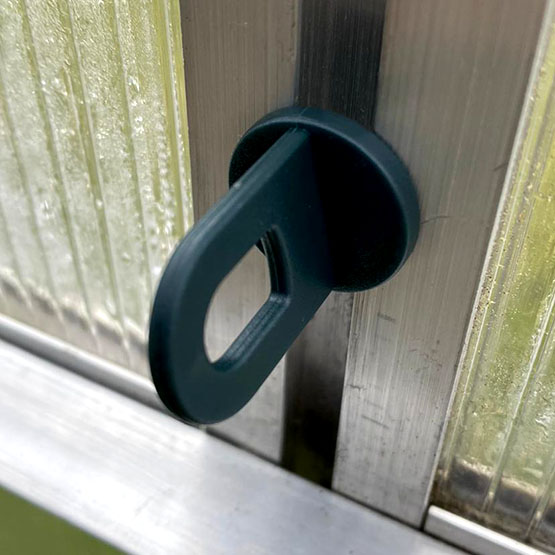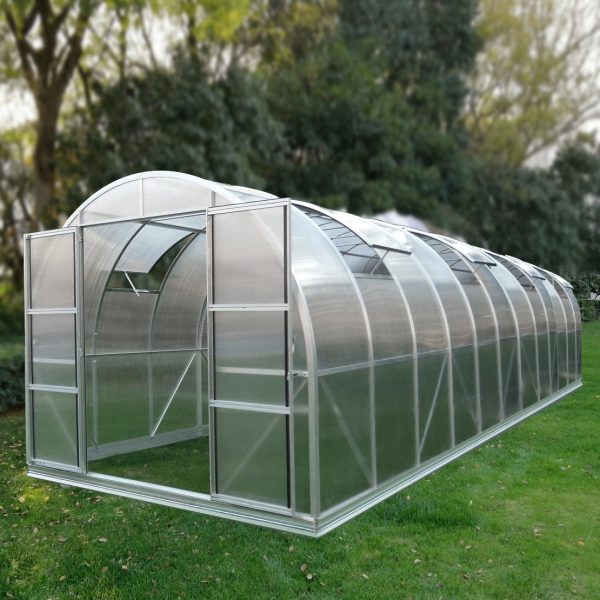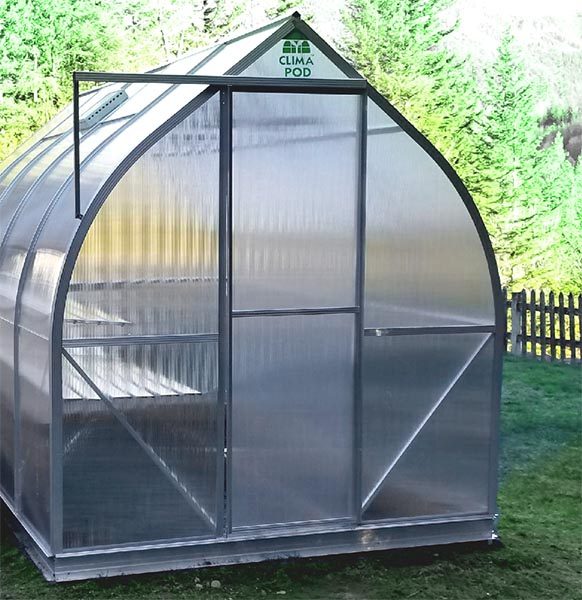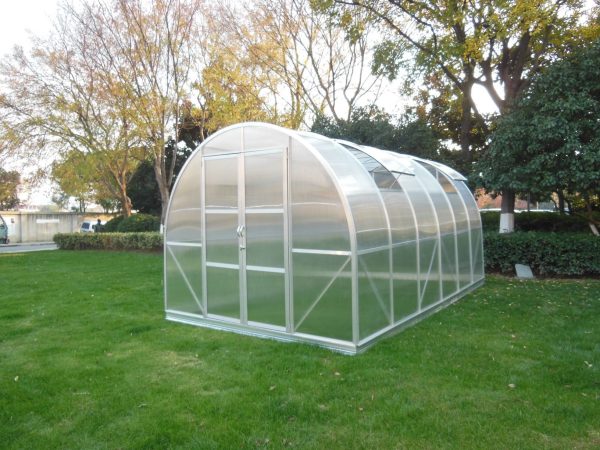You can grow roses in a greenhouse even all year round, only from December to February. Due to the need for artificial lighting of plants, this activity can be very expensive. Therefore, floricultural farms usually start forcing roses from February, getting beautiful flowers for nine months – from March until November.
Which roses are suitable for greenhouse cultivation?
What a pity that summer flies by quickly, and at best we have the opportunity to enjoy the beautiful bloom of roses from June to September! For those who do not agree to say goodbye to royal flowers until next season, there are two options: growing miniature roses at home in pots or growing roses in a greenhouse. The latter option can also become a good source of income if you correctly draw up a business plan and start marketing roses grown for cutting.

Successful cultivation of roses in a greenhouse is determined by:
- selected varieties of roses,
- substrate properties
- proper planting of seedlings while maintaining the desired planting density,
- sufficient watering,
- regular fertilization,
- Careful care of roses, including timely cutting of shoots and pruning of bushes.
Not every variety of rose will feel great and produce beautiful flowers in a greenhouse. Flower growers manage to achieve the best results when growing grandiflora, floribunda, miniature and hybrid tea varieties. The resulting flowers are of high quality and attractive presentation.
It is advisable to choose varieties resistant to powdery mildew and other common rose diseases. For example, Queen Elizabeth or Rose Gaujar. Of the hybrid tea varieties, white roses Pascali, golden yellow Casanova, orange-red Baccara and bright pink Carina are most often planted in greenhouses, and among miniature varieties, dark orange Skarlet Gem roses, red Beauty Secret and red-yellow Little flirt. Varieties that do not need intensive lighting are well suited for winter cultivation: salmon-orange Zorina roses, red Better times and yellow Geheimrat Duisberg.
Growing in a greenhouse is suitable for both own-rooted and grafted roses. On their own roots, roses in a greenhouse grow more slowly than those grafted on high-quality rootstocks, but they produce more flowers.
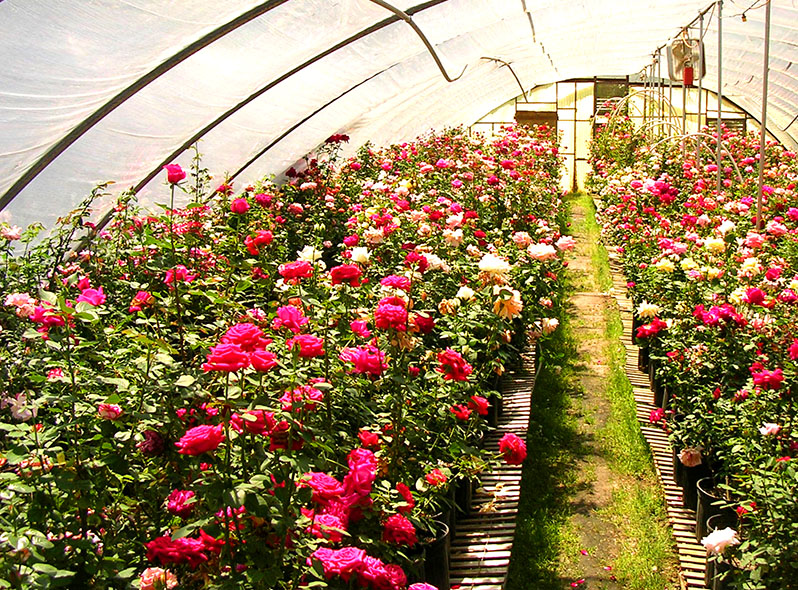
Planting roses in pots or greenhouse soil
Traditional growing in pots
The right time to plant roses in buckets or pots is early October. Before planting in grafted seedlings, the aerial part is cut off by two-thirds. As a substrate, a loamy soil mixture with humus, rich in nutrients, is used. Pots with seedlings are cleaned in storage with a temperature of about 0 degrees until January. At the end of January, the seedlings are brought back into the greenhouse and cut directly above the grafted bud.
In the first week, the temperature should be at +6 degrees (since a shoot begins to develop rapidly from a grafted eye, and the root system is actively growing). With the germination of the kidneys, the temperature can be raised to +10 degrees, but if the lighting in the greenhouse is good, then up to +15 degrees. In this case, the plants need to be watered abundantly.

When buds form on the cultivated shoots of roses, the temperature will need to be raised to +20, and during the budding period, lowered to +16 so that the flower blooms more slowly.
When growing cut roses in a greenhouse, it is recommended to remove all side shoots and buds, leaving only one shoot with three or four buds – new shoots are formed from it. After a month and a half, secondary flowering will begin, and by this time the rose will already be a developed bush with three to four main shoots.
Growing roses in covered soil
Directly into the greenhouse soil, rose seedlings are planted at 10 or 25 roses per square meter (in the second case, they are thinned out the next year, leaving half as many plants). You can arrange the seedlings according to the scheme 25×40 or 30×30.
Greenhouse soil is enriched before planting roses with peat, rotted manure, superphosphate and ammonium sulphate. Seedlings are first dipped in water and planted in the soil in such a way that the grafting site is at the surface of the earth. In very loose soil, roses can be buried a little, then with further shrinkage of the soil, they will be at the right level. Be careful: if the roses are planted too deep, they can be hit by the “root collar”, and if the plant is not deep enough, the plants will wither.
The secrets of success, how to grow roses in a greenhouse
In flower farms, when growing roses, vermiculite, perlite, coconut fiber, mineral wool can be used as a substrate. Rose care is automated – special equipment supplies nutrient solutions to plants, maintains optimal humidity and temperature in the greenhouse.
As a rule, amateur flower growers cannot afford the automation of care for greenhouse roses. Therefore, you have to pay more time and attention to greenhouse roses.
Caring for roses in a greenhouse includes:
- maintaining an optimal microclimate with a humidity of 70% and a suitable temperature (raise before flowering, as described above, and lower slightly when buds open);
- in case of insufficient lighting in winter, use additional illumination. In case of excess sunlight in summer, curtain the greenhouse or whiten the windows;
- daily ventilation of the greenhouse;
- keep the soil loose, moist and free from weeds;
- monthly fertilizing with complex mineral fertilizer and soil mulching with rotted manure;
- treatment of roses with pesticides from diseases and pests;
- pruning the rootstock of grafted roses;
- heavy pruning of plants before the dormant period;
- during the dormant period in December, maintaining the temperature in the greenhouse at 0+3 degrees.
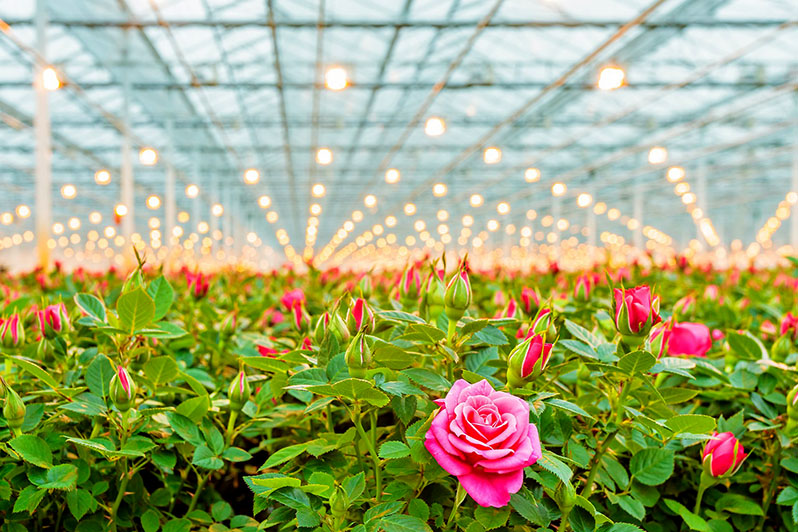
During the first cut of flowers, try to leave as much green mass on the bush as possible so that the plant grows new strong shoots. Cutting should be done in the morning when the buds are just starting to open. From each rose, it is possible to obtain from 8 to 12 high-quality beautiful flowers suitable for cutting.


